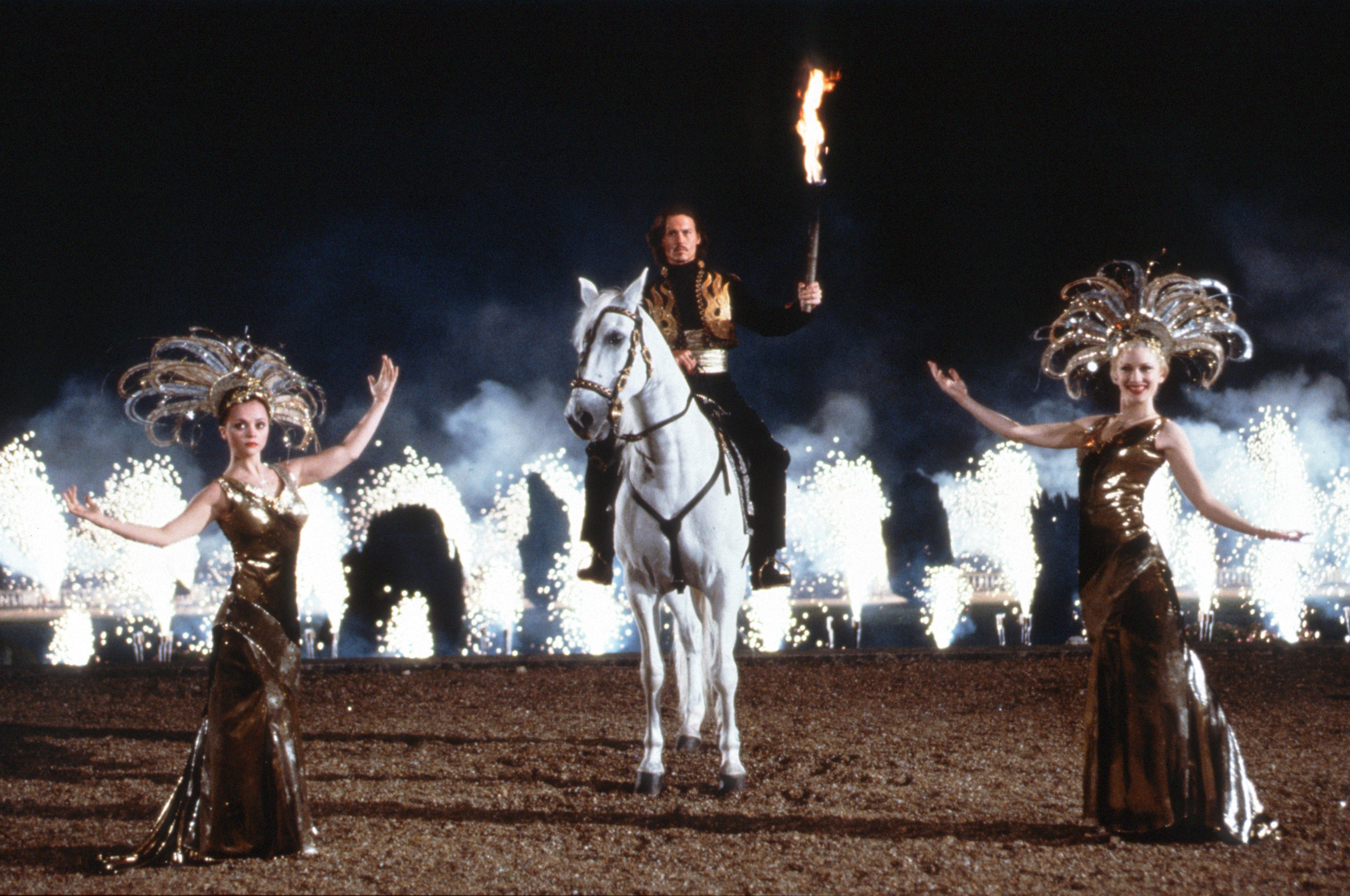THE MAN WHO CRIED
THE MAN WHO CRIED
An auteur’s take on 1930s Paris and the fate of migrants from across Europe on the eve of the Second World War. Suzie (Christina Ricci), a Jewish girl from a Russian village, flees the pogroms and finds refuge in England. Years later, she enters the glittering yet fragile world of the Parisian opera, where she befriends the Russian-born Pola (Cate Blanchett).
An auteur’s take on decadent 1930s Paris and the fate of migrants of many nations on the brink of the Second World War. Suzie (Christina Ricci), a Jewish girl from a Russian village, escapes the pogroms and flees to England. When she boarded the ship, she believed she was heading for America. She adopted a new identity, shedding her ethnicity and accent.
Years later, now a chorus singer, she finds herself in Paris, working at the opera run by Felix Perlman (Harry Dean Stanton) and befriending a fellow émigré, the vivacious Russian Lola (Cate Blanchett). She is irritated by a pompous Italian tenor with fascist sympathies (John Turturro). She also falls in love with a handsome Romani horseman (Johnny Depp).
THE MAN WHO CRIED is often seen as Sally Potter’s most accessible and classically structured film, yet beneath its lush, period-drama surface lie her signature ambition and inventiveness, as well as echoes of her early short THRILLER. The star-studded cast is directed with a sure hand, and pre-war Paris is recreated with exquisite detail and atmosphere, captured by the great Sacha Vierny, a legend of French cinema, for whom this was his final film.
Potter explores the volatile mix of French urban identity, immigrant alienation, fascism and antisemitism simmering both within the opera company and the wider city. THE MAN WHO CRIED is also an unconventional Holocaust narrative and a story of rebuilding one’s life from scratch, a profoundly empathetic, feminist fable about two women divided by temperament yet bound by unwavering friendship.
Text: Sebastian Smoliński
.png)
.png)































